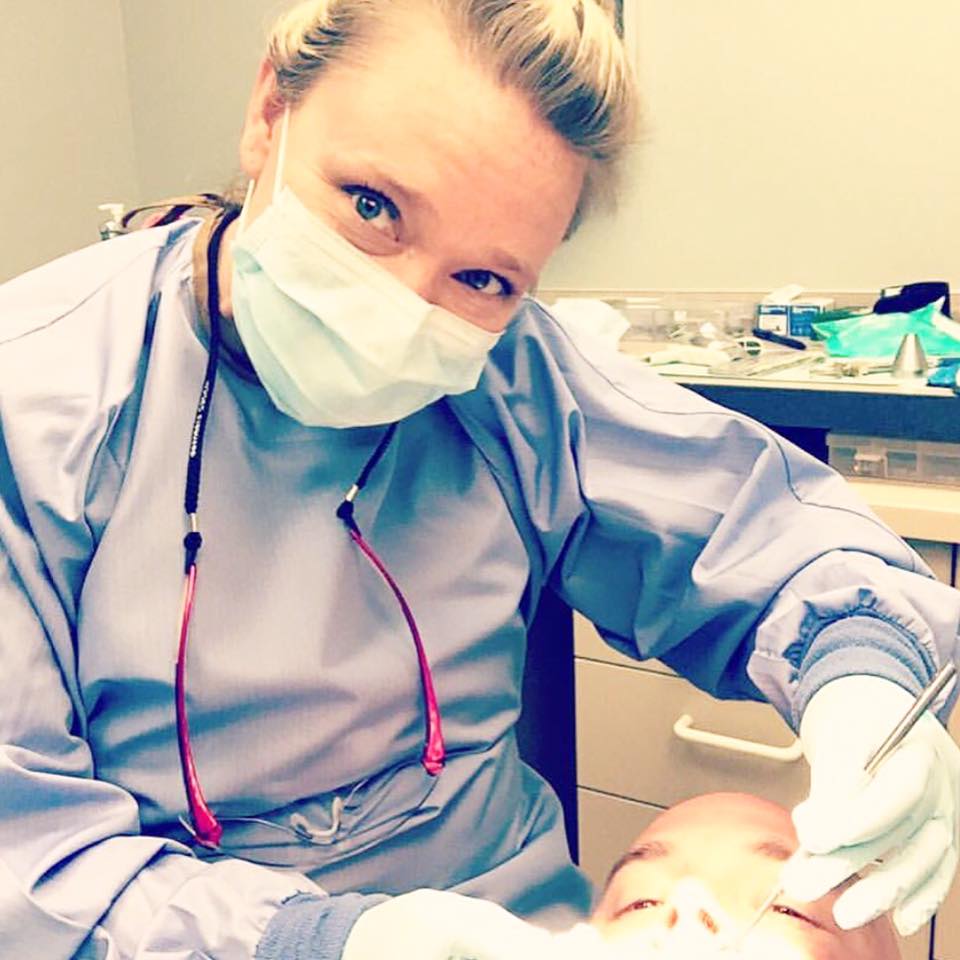Dental Cleanings & Exams

Procedures and Effectiveness
Regular dental exams are an important part of preventive health care.
During a dental exam, the dentist or hygienist will clean your teeth and check for cavities and gum disease. The dentist or hygienist will also evaluate your risk of developing other oral health problems, as well as check your face, neck and mouth for abnormalities. A dental exam might also include dental X-rays (radiographs) or other diagnostic procedures.
During a dental exam, the dentist or hygienist will likely discuss your diet and oral hygiene habits and might demonstrate proper brushing and flossing techniques. Other topics for discussion might include lifestyle factors that can affect oral health and possible cosmetic improvements to your teeth.
Why It's Done
Regular dental exams help protect your oral health and general well-being. A dental exam gives your dentist a chance to provide tips on caring for your teeth and to detect any problems early — when they’re most treatable.
When to have a dental exam
The American Dental Association recommends that adults schedule regular dental exams at intervals determined by a dentist.
Even if you no longer have your natural teeth, it’s important to consult your dentist for regular dental exams to maintain your oral health and the usefulness of your replacement teeth.
What You Can Expect
During a dental exam, the dentist or hygienist will:
- Evaluate your overall health and oral hygiene
- Evaluate your risk of tooth decay, root decay, and gum or bone disease
- Evaluate your need for tooth restoration or tooth replacement
- Check your bite and jaw for problems
- Remove any stains or deposits on your teeth
- Demonstrate proper cleaning techniques for your teeth or dentures
- Assess your need for fluoride
- Take dental X-rays or, if necessary, do other diagnostic procedures
During a dental exam, our team will also ask about any health problems you have or medications you’re taking and discuss how they might affect your oral health. If you have diabetes, for example, you’re at increased risk of gum disease. Any medication that contributes to dry mouth can increase your risk of tooth decay. If arthritis interferes with your ability to effectively brush your teeth, your dentist or hygienist might show you how to insert the handle of your toothbrush into a rubber ball for easier use — or recommend a powered or electric toothbrush.
If you have prosthetic replacements — such as dentures or bridges — our team will examine how well they fit and discuss the need for adjustments.
Dental exams might also include counseling about diet, use of tobacco products and other lifestyle factors that can affect oral health.
Dental X-Ray
A dental X-ray allows the dentist to see detailed images of your mouth. Various types of dental X-rays are available, including:
- Bitewing. This type of X-ray allows the dentist to see the crowns of the upper and lower teeth. During a bitewing X-ray, you’ll bite down on the X-ray film holder while the X-ray images are being taken.
- Periapical. This type of X-ray allows the dentist to see the entire tooth and the surrounding bone.
- Occlusal. This type of X-ray allows the dentist to see the way the upper teeth and corresponding lower teeth fit together when the jaw is closed.
- Panoramic. This type of X-ray gives the dentist a broad view of the entire mouth.
- Cone beam computerized tomography. This type of X-ray provides a 3-D view so that the dentist can better gauge the spacing of teeth and adjacent structures.
X-rays aren’t typically needed at every dental visit.
Oral Cancer Exam
During your dental exam, our team will look for signs of oral cancer. He or she will feel the area under your jaw, the sides of your neck, and the insides of your lips and cheeks, as well as examine the sides of your tongue and the roof and floor of your mouth.
Dental Impression
In some cases, the dentist might recommend making a dental impression of one or both jaws to produce a replica of your teeth and oral tissue. This can help our team evaluates your bite or make a mouth guard or bleaching trays.
The dentist or hygienist will fill horseshoe-shaped trays with a soft, gelatin-like material and place them over your upper or lower teeth. After a few minutes, the trays are removed and used to create a dental cast of your mouth. The dentist might also have you bite down on a soft material to record and evaluate your bite.
Results
After your dental exam, the dentist or hygienist will discuss your oral health, including your risk of tooth decay, gum disease and any other oral health problems, and preventive measures you can take to improve and protect your oral health.
The dentist or hygienist will also recommend the best time to return for a follow-up visit. If you’re at high risk of tooth decay or gum disease or have other oral health problems, the dentist or hygienist might recommend frequent checkups.
How do we do it?
REQUEST A CONSULTATION
We will get back to you as soon as possible.
Please try again later.
© 2021 All Rights Reserved | Site by Fix8

